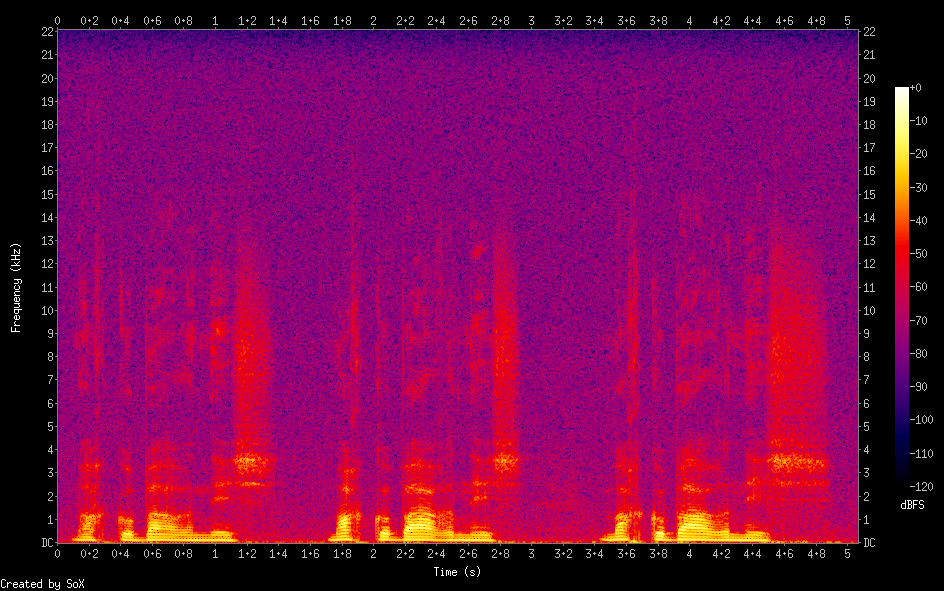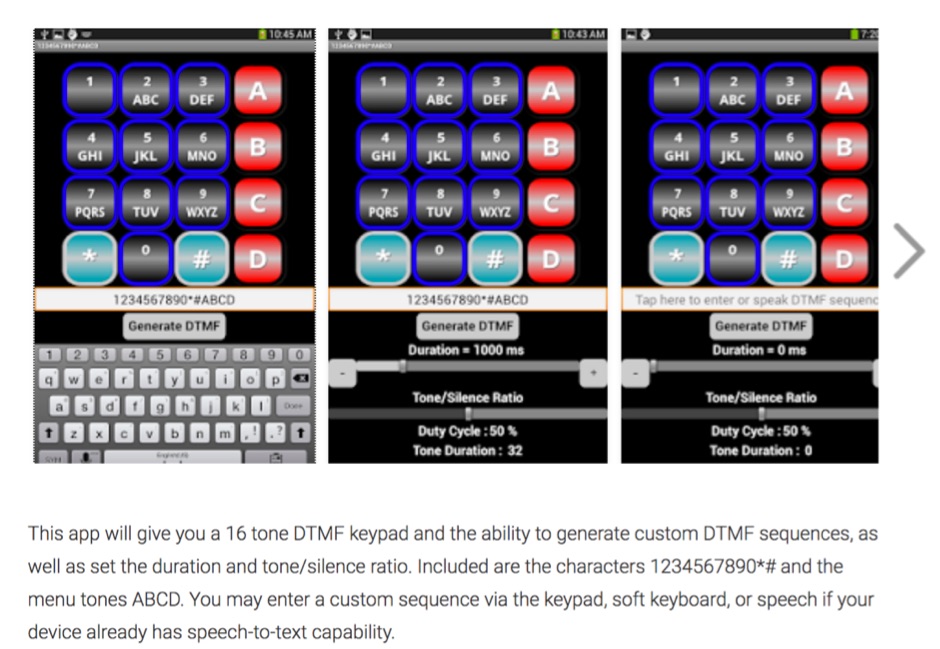

Hence, having a "gold standard" sine signal reference along with accurate metering is necessary.įootnote: In addition, inexpensive digital meters are only accurate up to perhaps 400 Hz, the "mains" frequency used in aircraft. In a studio setup (particularly with multiple devices in a patchbay), it is important that levels be reasonably matched.

I also cannot say how the metering circuitry of any given A/D converter will behave with something besides a sine wave. I don't own a cheapie meter to see what voltage it reports from the CT-100, so I can't make any comments. All bets are off when attempting to measure waveforms which are far away from a sine. In the back of my mind was the fact that inexpensive meters (particularly digital multimeters) are calibrated to display correct AC voltages when they are clean sine waves. (Did I mention that I think 1/4" phones and RCAs are junk? lol)Īctually Bri, for simple level calibration of AD convertors, does it really matter whether the Behringer CT100 gives a pure sine wave or not?Dear Amathie, Have the AI rewrite variations you like, add your own copy variations to see how. Generate AI copy with a click, scored and sorted by predicted performance. Choose the format you want AI to generate copy for, along with your desired style or tone. Siiigh I am not always perfect when building a cable, and the CT100 test mode found a few intermittents due to my imperfect stripping/soldering of the #&(%$*! cables going into the #()^%$(* non-professional connectors. Input a URL, summary, or product description to get the best copy for what you’d like to promote. The "sample and hold" cable testing "mode" of the CT100 caught a few BAD 1/4" and RCA cables which I had soldered together, and then wiggled. I should get a Minerator (spelling?), but the CT100 is great for signal-poking.Ģ. It was an EASY $30 (USD) choice for me.a battery operated gizmo so I can wander around in a studio project and easily "poke" test signals which were SOMEWHAT in the ballpark (level-wise) into whatever signal path I decided to test. A different CT100 may yield different numbers than mine.ġ.

Regardless, the CT100 isn't a precision source if you wanna start splitting dB's! LOL I also don't have a "cheapie" meter to see how badly the non-sine wave affects the voltage, either.ģ. I also checked the CT100 output on my ancient Simpson 260 analog multimeter, and after "eyeballing" the meter scale, I also read a too-high voltage.approx 1.26 VAC, or +4.2 dBu. According to my Fluke 87V multimeter (true RMS, bandwidth to 100 kHz, IIRC), when the switch on the CT100 is set to "+4", I measure 1.343 VAC at either of the frequency choices (1000 Hz or 440 Hz), which translates to +4.775 dBu. It does NOT produce a sine wave, but rather a sort of "filtered" square wave.Ģ. While the CT100 box has it's place in my "meter bag" (see sidebar, below), it is NOT a precision piece of gear.ġ.


 0 kommentar(er)
0 kommentar(er)
